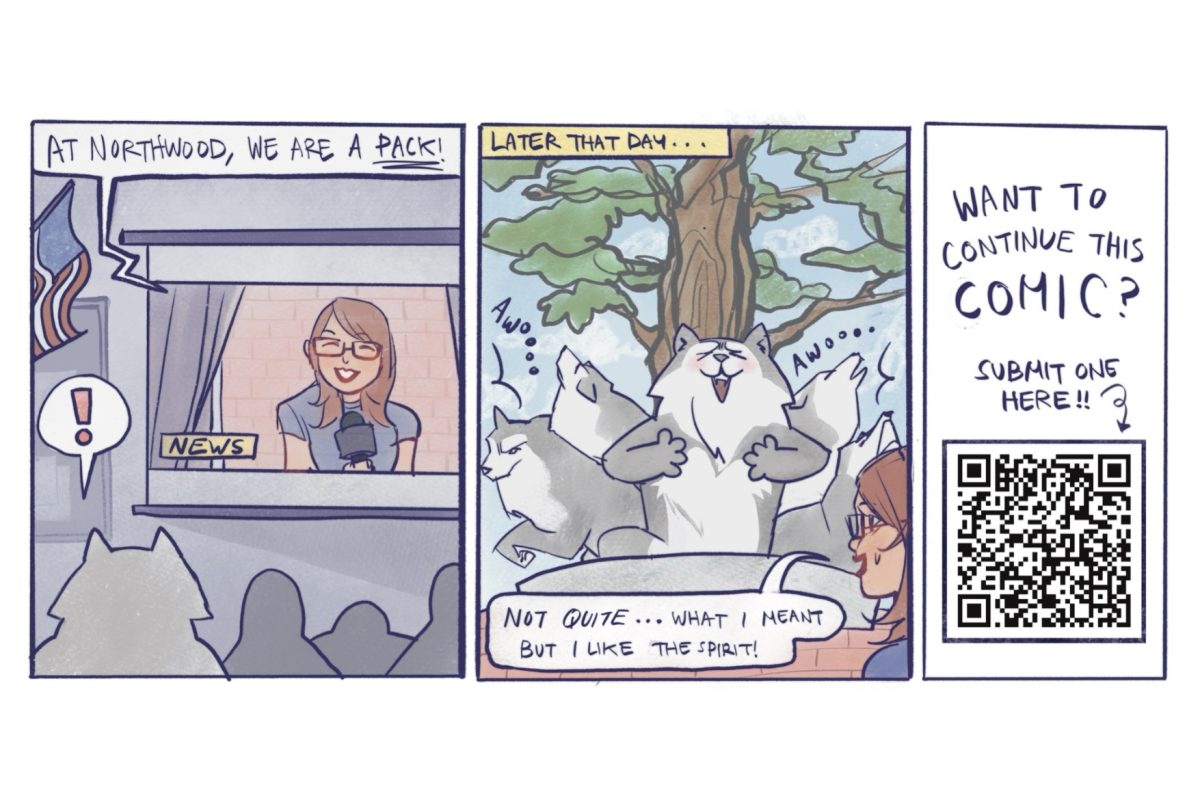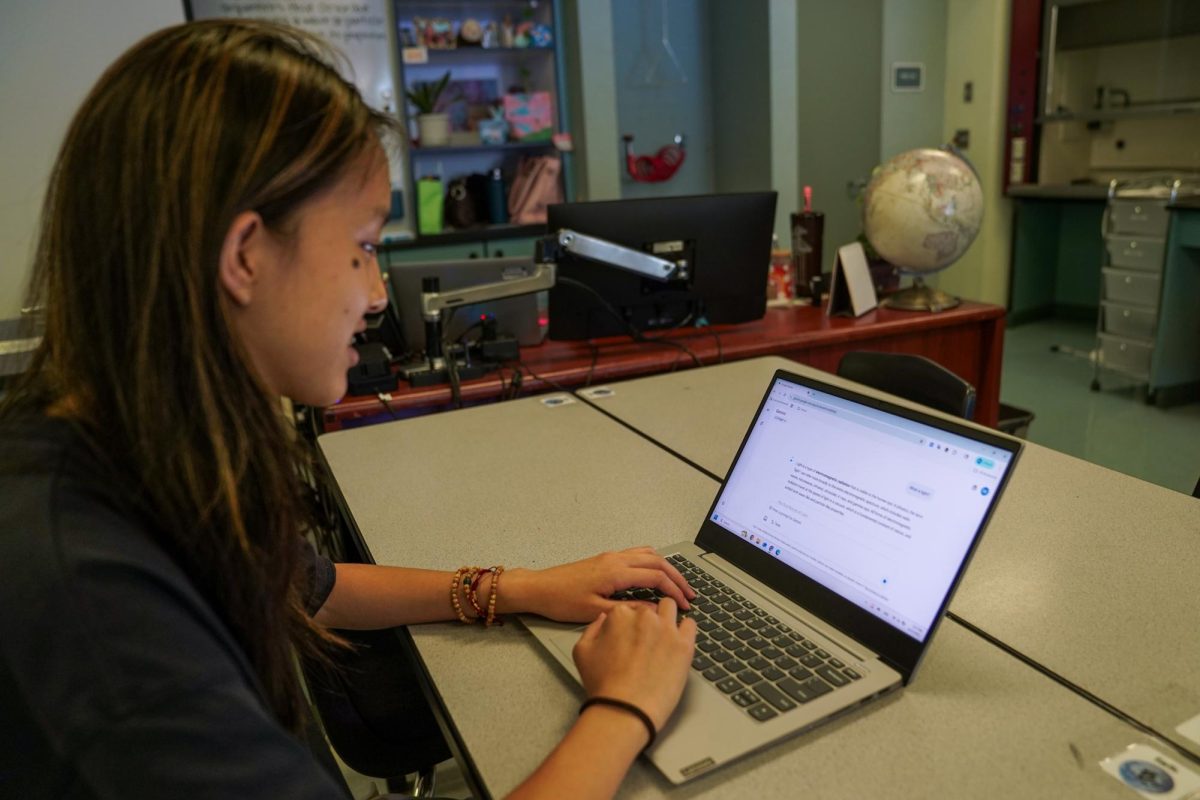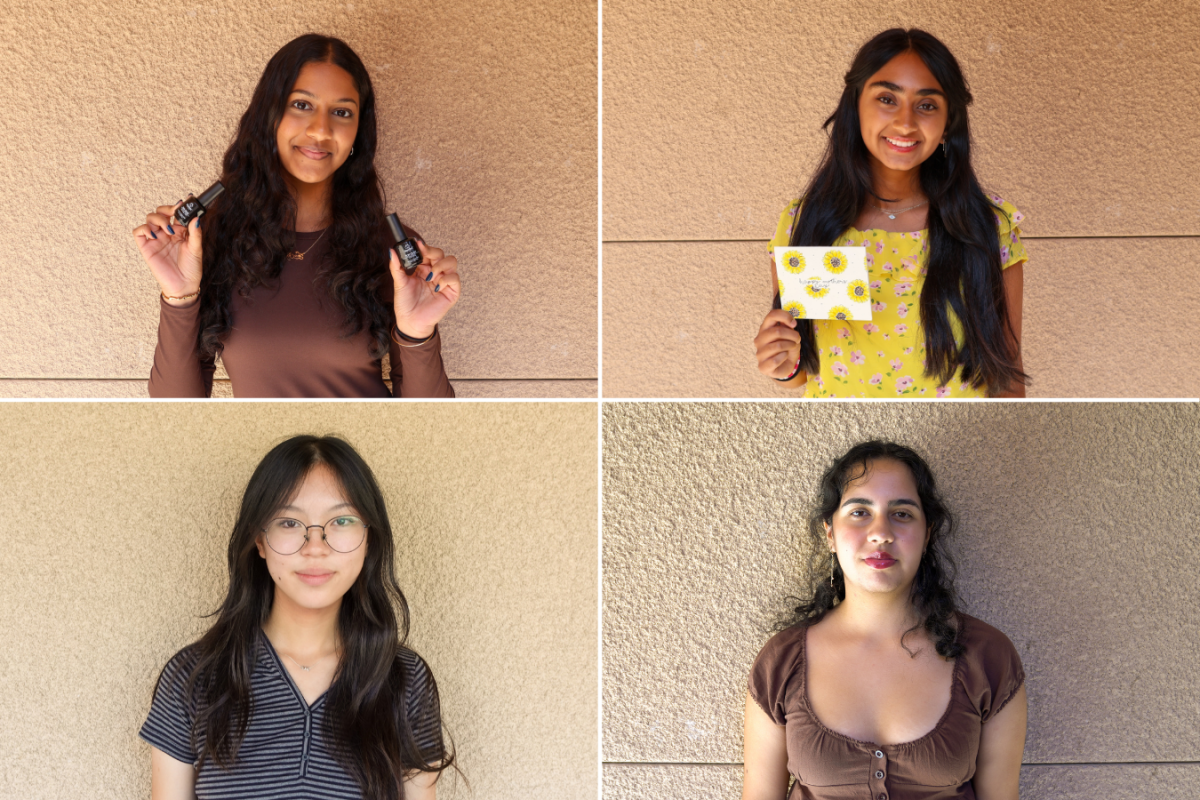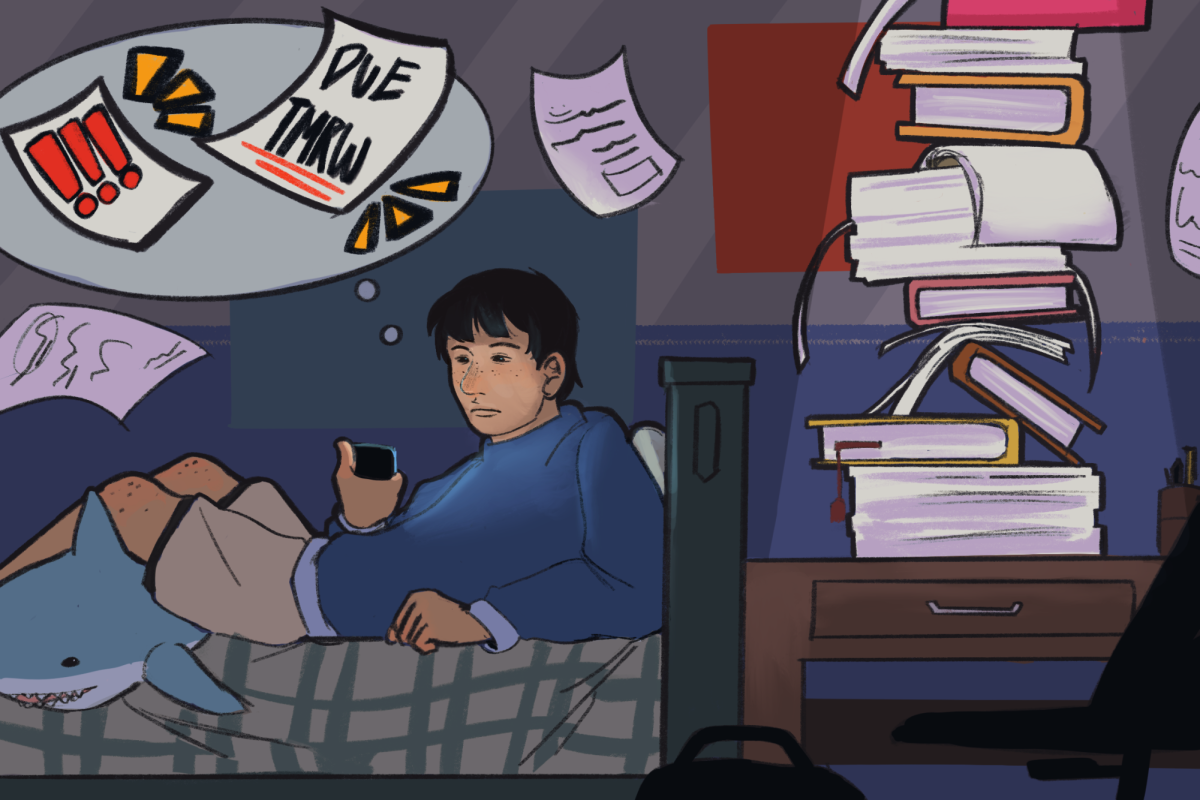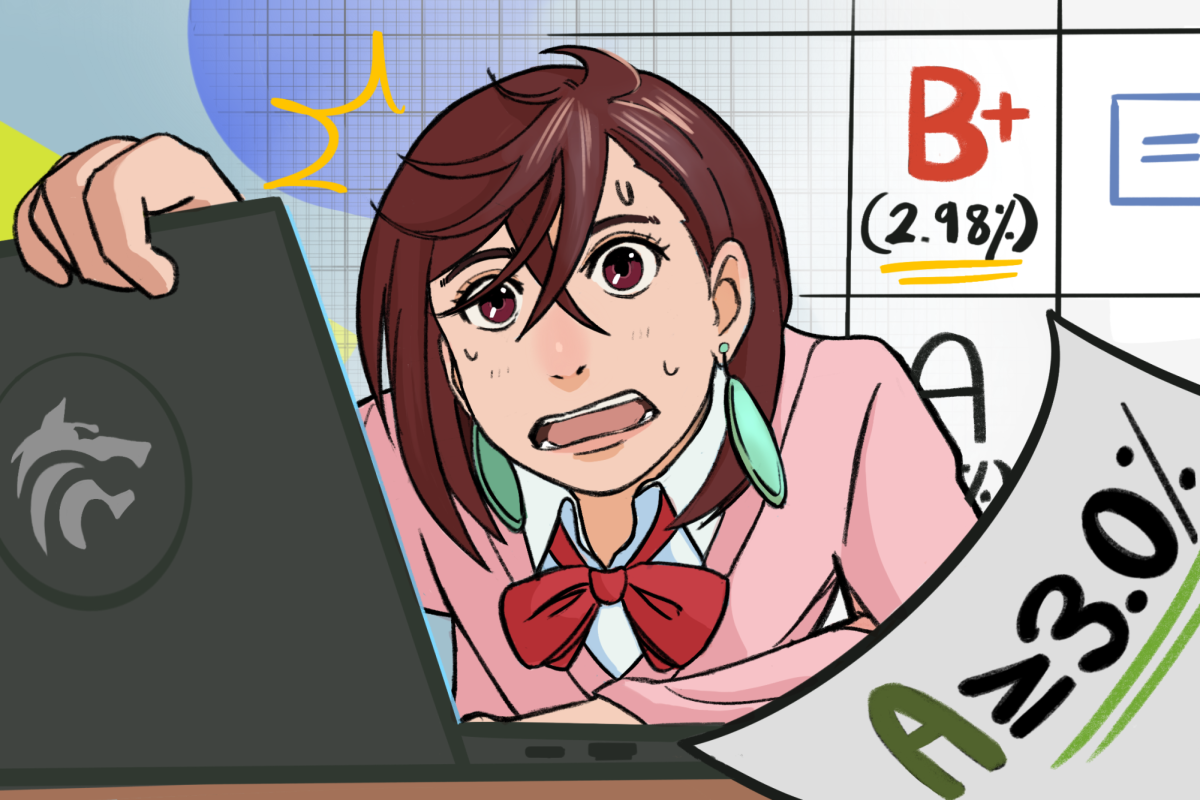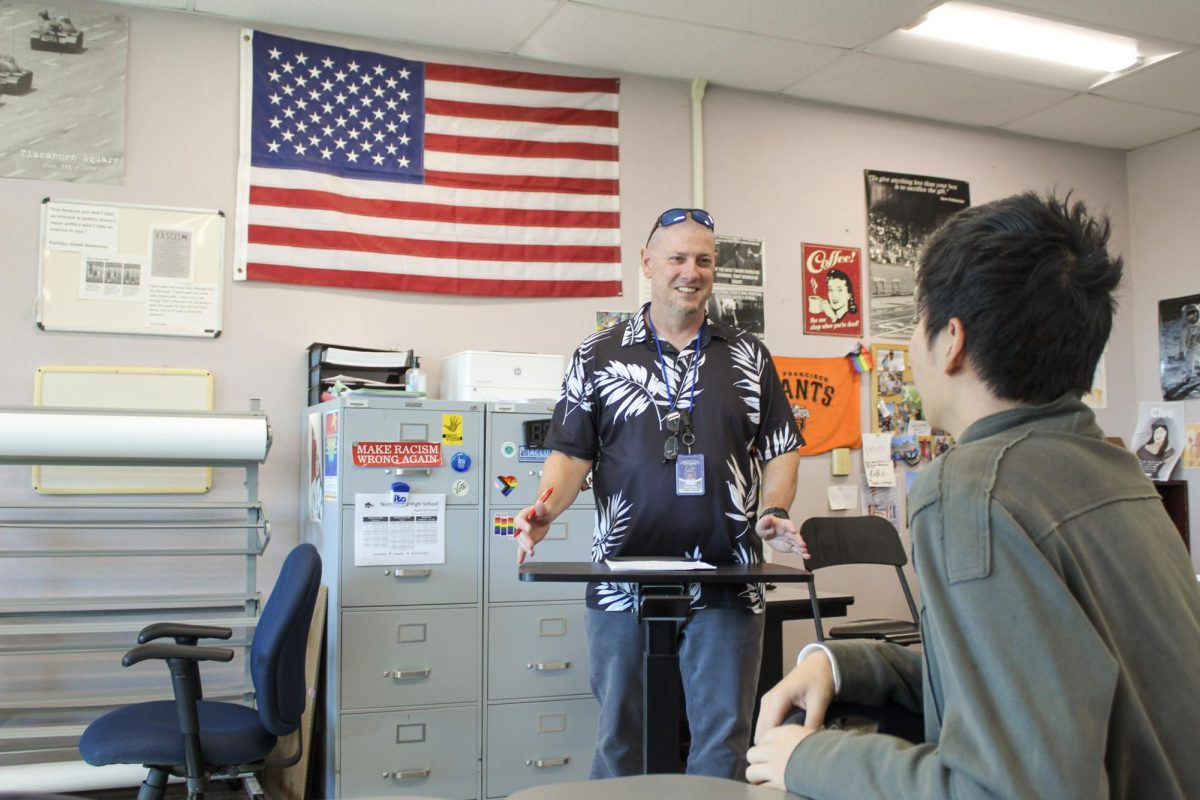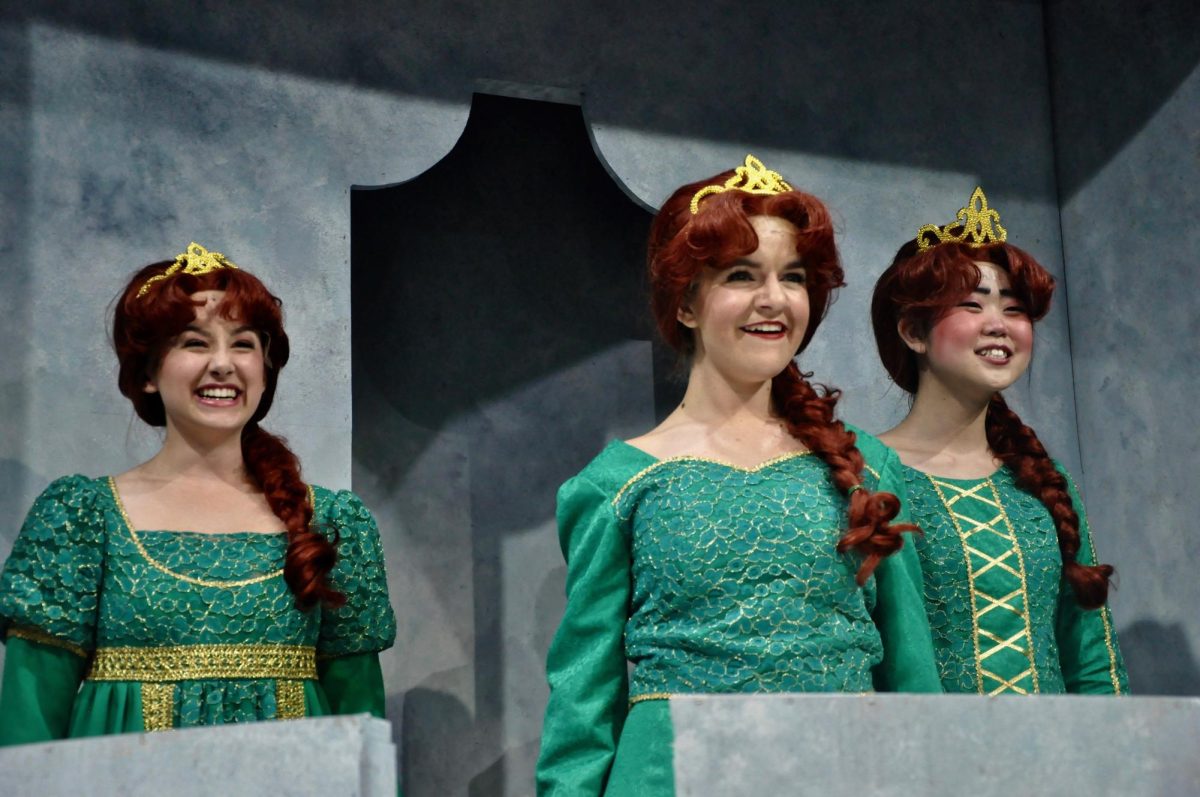AI’s sketchy venture into art
WHAT IS ART?: The image on the right was not drawn by a human, but rather produced by the artificial intelligence program DALL-E 2.
October 31, 2022
Creativity is a trait often used to distinguish the human brain from a machine algorithm. However, artificial intelligence blurs the boundaries of human and machine characteristics by mastering complex human skills, including the newest venture of AI into art.
DALL-E, an AI image generator, was made available for public use on Sept. 28 after a beta testing period that limited the program to a select group of users. Utilizing machine learning of millions of existing pictures and captions, DALL-E transforms user text input into digital artworks in specified styles. While this breakthrough in technology is astounding, AI art generators pose philosophical and ethical issues that may hurt human artists.
First, AI-generated art isn’t necessarily original. Humans draw on personal experiences and observations of the natural world to create art. Machines are fed data scraped from the internet to analyze and learn from so that they can eventually copy human behavior and thoughts. Because machines cannot internally create their own data or patterns, it is impossible for a computer to have original creations, which raises copyright and plagiarism issues.
Although current AI can mimic human emotions, it cannot emit genuine personal emotions. After all, AI machines consist of electricity and wires while human brains comprise of neurons and synapses. Historically, artists use art to express their emotions in an effort to touch their audience. Because AI-generated art doesn’t fall in line with this traditional purpose of art, it is difficult to call the AI machine or the user an artist.
AI art was created with a good intention in mind: artistic experimentation to stimulate a person’s imagination. According to OpenAI, the company that created DALL-E, “more than 1.5 million users are now actively creating over 2 million images a day with DALL-E—from artists and creative directors to authors and architects.” However, users with malicious intentions have a powerful AI art generator to create synthetic media perfect for spreading misinformation like fictitious personas and fabricated content. A study conducted on recognition of forged images found that when identifying fake face images, “human accuracy is about 50%, which is essentially random guessing.”
Unfortunately, AI art will also likely harm artists’ ability to earn stable income or excel in competitions. An AI-generated portrait of Edmond Belamy sold for $432,500 in 2018. A realistic humanoid robot, Sophia, sold her digital artwork for nearly $700,000 in 2021. A man won first place in the digital art category at the 2022 Colorado State Fair’s art competition with an artwork created by the text-to-image AI generator Midjourney. Against a faster, cheaper and maybe even more successful alternative of AI art, human illustrators might not be wanted by corporations and employers anymore.
AI art can, and has already, paved the way for AI videos and AI music, but we have to be careful that our technological improvements will benefit society. For whatever field it is used for, AI should not replace humans, but rather serve to elevate human intelligence.


